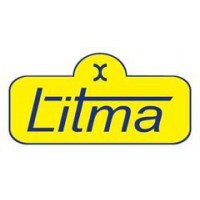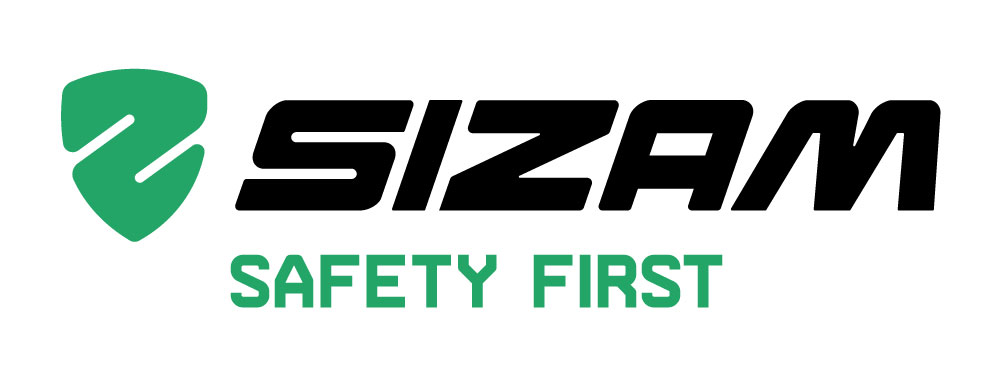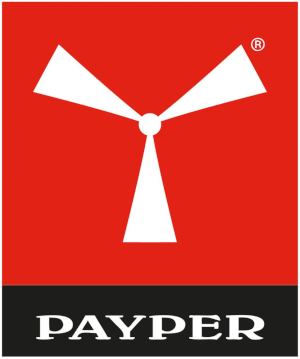What is the difference between a metal and a composite tray of special shoes!?
Metal shoe toe - a classic method of protecting the feet among workers. When it comes to impact protection, steel socks are the winners. They have been around for many years and are used in many industries.
Composite type of toe – a new form of protective footwear. This type of protection is provided by non-metallic materials. The most common composite safety footwear uses carbon fiber, fiberglass, or plastic.
Both types of safety shoes have their pros and cons. Shoes with a metal toe are safe because they can withstand a lot of pressure, a little more than composite safety shoes.
Composite protective footwear is good because it is light and comfortable, although its production is more expensive. Unlike metal, the composite is not subject to corrosion and conducts heat much worse. It is much more comfortable to wear such shoes for a long time.
There are several types of composite insoles:
- Reinforced with Kevlar threads to increase strength;
- With perforation - the strength of the product decreases slightly, but comfort increases significantly, as the inside of the shoe remains dry.
Steel protective footwear is more traditional. Some people argue that composite safety shoes are more practical because they are made of non-metallic materials. It is undesirable to use safety shoes with a steel toe in environments with aggressive temperatures, because it is very easy to freeze or burn your feet, which are protected by metal protection. In addition, the ability of the shoelaces to be magnetized can play a prank on people who work with high voltage or flammable materials - metal is a good conductor of electricity, including static electricity.
| Protective metal trays |
Composite trays materials |
| maximum impact load (MUN) 200 joules; | maximum impact load (MUN) 200 joules; |
| small volume, thanks to thin walls of protection; | большой обем, requiring adequate space inside the shoe; |
| heavy weight: steel-200 grams/pair, aluminum-140 grams/pair; | light weight: composite with reinforcement with Kevlar threads-120 grams/pair, composite without reinforcement-100 grams/pair; |
| low price; | high price; |
| there is practically no possibility of drainage due to the absence of perforation; | the structure allows the use of ventilation holes; |
| there is a danger of severe injuries and amputations at loads exceeding the MUN; | at loads of more than 200 J, the tray breaks into small parts, which does not entail high risks; |
| do not protect against cold, high temperatures and can be magnetized; | heat- and cold-resistant, due to low thermal conductivity; are not magnetized; |
| steel is subject to corrosion; | are not subject to corrosion. |














